Rising seas and erosion spell trouble for coral reefs
Under Embargo!
This item is under embargo until 20 April 2017 15:00 CET/CEST.
Please do not distribute this link or report on this story before the embargo lifts.
Coral reefs can usually be found in shallow, clear waters in tropical oceans. They might look like they are made up of rocks, but they are actually live organisms that need sunlight to survive. If the sea level rises too fast, the corals can’t grow fast enough to keep up. If the water gets too deep, corals can’t get the sunlight they need.
Erosion, the process that removes sand and rocks from the sea floor, is also a problem for coral reefs. Storms and other natural events, pollution, construction works in coastal areas and other human activities can result in sand and rocks being removed from the bottom of the sea. A study by researchers at the United States Geological Survey (USGS), published in the journal Biogeosciences, shows that the sea floor is eroding in all five coral-reef sites they looked into. In the waters around Maui in Hawaii, the sea floor lost about 81 million cubic meters of sand, rock and other material in the last few decades. That’s what it would take to fill up the Empire State Building in the US 81 times, or an Olympic swimming pool 32 thousand times!
Rising sea levels and erosion of the sea floor means double trouble for corals, because both of these things increase the water depths where the corals live. This can damage the corals themselves, as well as the animals and plants that live on the reefs. People living in coastal areas can also be affected, since coral reefs serve as natural protection against storms, waves and erosion. Coral reefs are important for people working in the fishing and tourism industries too – they provide one quarter of all fish harvests in tropical oceans and are attractive sites for tourists to visit.
The USGS scientists plan to use the results of their study to help the many coastal communities that rely on coral reefs for protection from storms and for their livelihoods.
Find out more
Discuss with your teacher or parents
Why is the sea-level rising? This article on the National Geographic website can help you find out.
Aside from sea-floor erosion and sea-level rise, what are other threats to corals?
Find out more about corals and why they are so important to people, animals and plants at egu.eu/6A9S15.
Print version
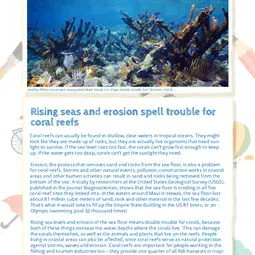
This is a kids' version of the EGU article: 'Coral reefs struggle to keep up with rising seas, leave coastal communities at risk'. The press release was published with the United States Geological Survey (USGS). This Planet Press was written by Bárbara Ferreira (EGU Media and Communications Manager), based on text by the Heather Dewar (USGS), reviewed for scientifc content by Aimée Slangen (Researcher, Netherlands Institute for Sea Research, Yerseke, Netherlands) and Sara Mynott (PhD Student, University of Exeter, UK), and for educational content by Guillaume Coupechoux (Teacher, French School of Bucharest, Romania).
Translations
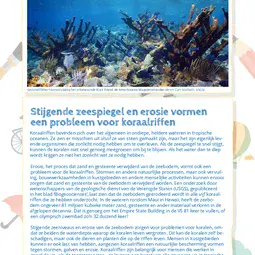
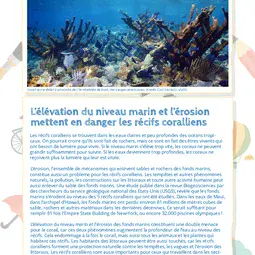

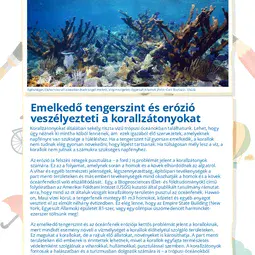
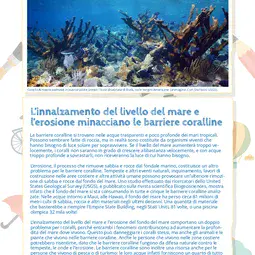
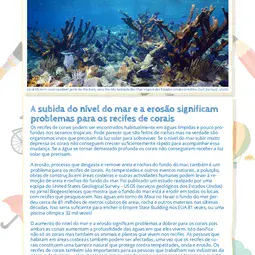

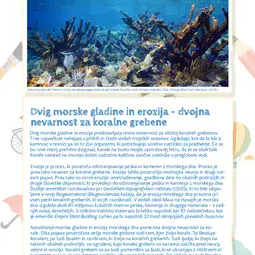
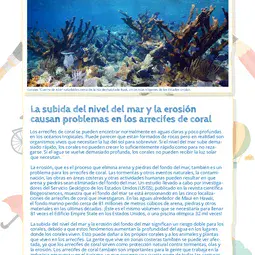
All English-language Planet Press releases are carefully edited, reviewed and proofed, by scientists, educators and EGU staff. Please note that once translated, Planet Press releases receive no further checks from EGU staff. For this reason, we cannot guarantee their accuracy, though we trust the quality of our voluntary translators and are grateful for their work.

